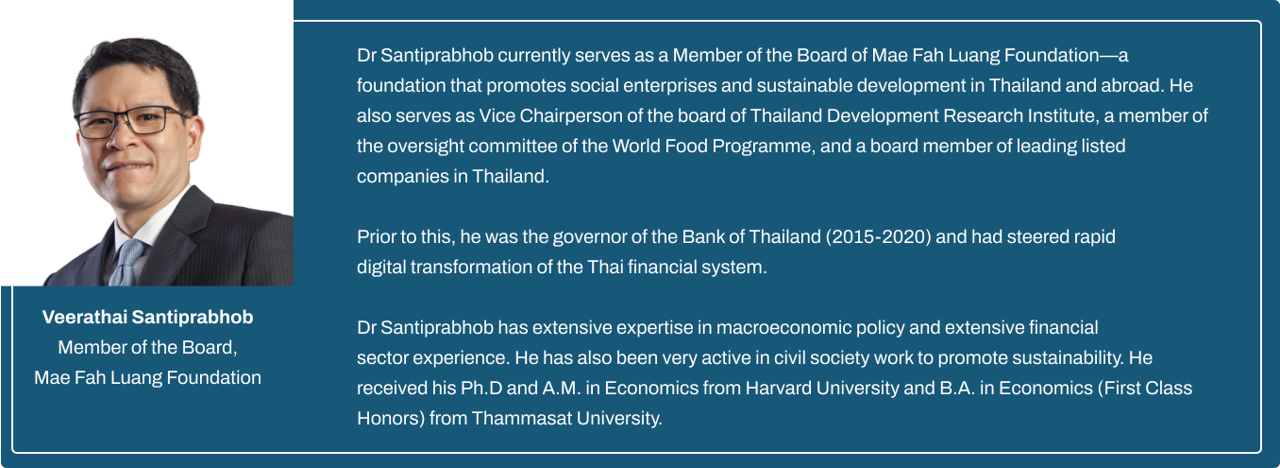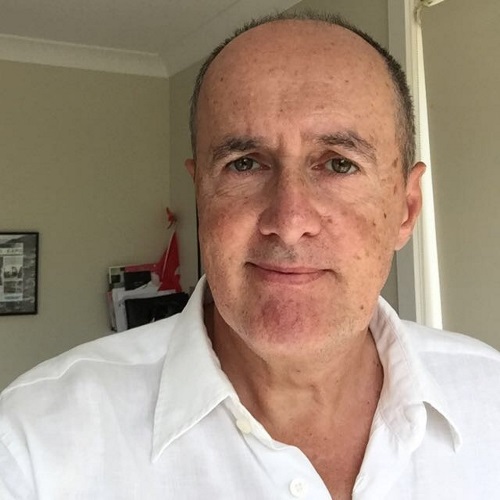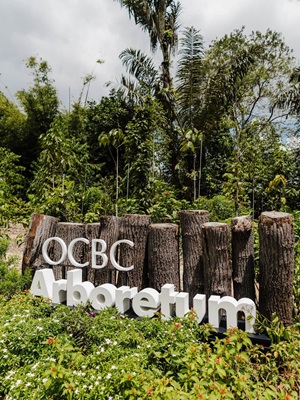Institutional and family investors cannot just focus their environmental efforts on lowering portfolio risk. They are being urged to do more to help fill the estimated $3-$5 trillion a year funding gap on climate-related projects in emerging countries.
NGOs and capital raising entities also need to address the stresses that are appearing in systems of funding for sustainability and decarbonisation initiatives.
The funding gap will not be bridged if we continue to work in silos, said Her Highness Sheikha Shamma bint Sultan bin Khalifa Al Nahyan, CEO of the UAE Independent Climate Change Accelerators group, addressing the Climate Investment Summit in London last year.
To reach agreed targets, investors must engage in what she called ‘radical collaboration’ between private and public sectors to scale emerging technologies and de-risk climate investment.
At the World Economic Forum last month, Senator John Kerry, US president Biden’s climate envoy, said “There are trillions of dollars in the marketplace, which is owned by somebody. The question is how do we get more of this money to these critical projects? Public-private partnerships are a critical leverage point for our ability to be able to say honestly that we are doing everything possible.”
Also at the WEF meeting, Desmond Kuek, CEO of Temasek Trust talked about the setting up of the Asia Centre for Changemakers - social entrepreneurs, philanthropists, investors, family offices who want to work on nurturing talent and rise competency.
“We think there is space for us to build a market infrastructure for impact where we can connect up projects with funders, particularly for early-stage projects which are not immediately bankable or investable. We think that an amount of seed capital going across that ‘valley of death’ would go a long way to making some of these impact projects possible.”
Senator Kerry noted that traditional private funding sources appear to have plateaued and may face limitations in terms of scaling up for the trillion-dollar challenge. New types of fund and funding platforms are needed to allow a wider swathe of capital to be mobilised.
On a positive note, at WEF, Badr Jafr, an advocate of high-impact entrepreneurship said the most encouraging aspect of COP28 was just what the 90,000 attendees represented.
“Yes, we had heads of state and ministers, but we also had business leaders, philanthropists, youth, civil society, climate activities and indigenous peoples. I think it was the combination of all these stakeholders coming together, that helped bridge some of the trust divides that are growing across sectors, but also across regions of the world,” said Jafr.
“We really need to embrace that inclusivity to see and scale impact and also availability of climate and nature finance.”
Sovereign investors also have a vital role to play and for the newer entities such as Indonesia’s INA , knowledge transfer plays an important part in ensuring good governance.
INA has partnered with GIC and China’s Silk Road Fund, and has co-invested with the Abu Dhabi sovereign fund ADIA, as well as Abu Dhabi’s state holding company, ADQ and state investor Mubadala.
A key consideration for INA in its dealings with more established SWFs is the knowledge and technology transfer partners can provide. “What we call smart capital. So they bring the technology to Indonesia. But in many ways, working with SWFs and pension funds, the biggest value-add for us is governance,” INA’s Stefanus said.
Corporate transparency is still an issue for any investor in Indonesia, but INA sees itself as a catalyst, not only to bring capital but to help improve the overall asset quality.
Indonesia’s chronic infrastructure shortage is one reason why its SWF was modelled on India’s National Investment & Infrastructure Fund, which aims to use the country’s wealth but also to catalyse further FDI into the country. INA has now garnered more than $27 billion in co-investment commitments.
Late last year, INA and the Development Bank of Japan (DBJ) announced a collaboration to deliver private debt facilities for mid- to large-cap Indonesian companies.
Several new allocations and joint venture projects are expected to be rolled out in the coming months by the sovereign fund, concentrated on INA’s four key sectors: infrastructure and logistics, digital infrastructure, healthcare, and green energy.
Posted 19/03/2024

















